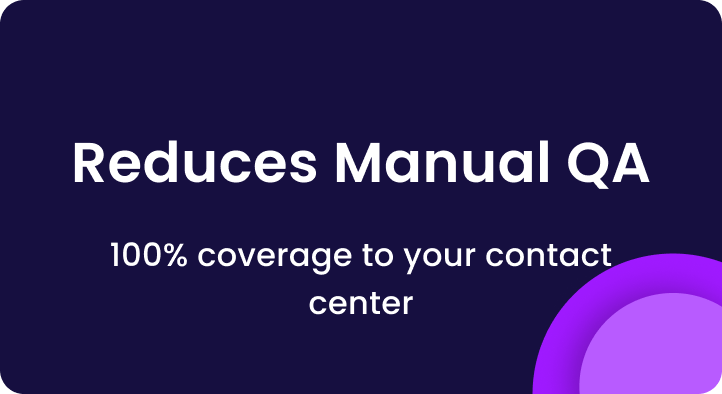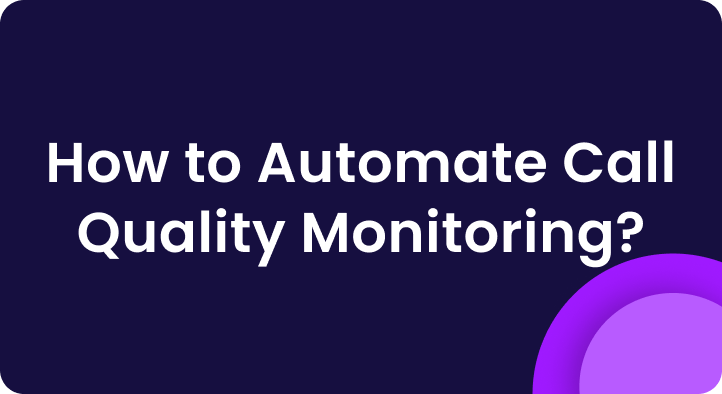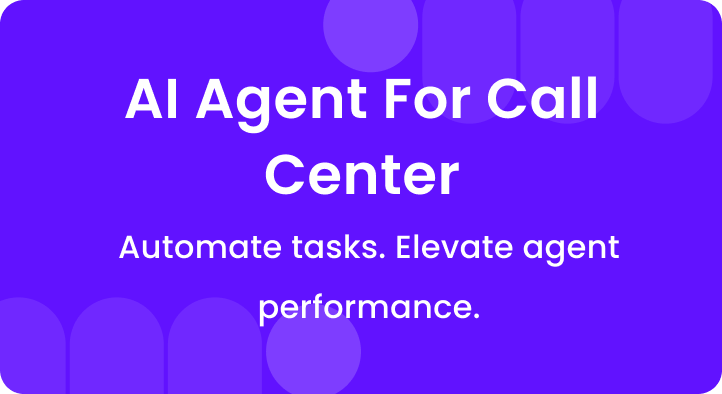Your agents are taking hundreds of calls a week. But how do you know if they’re actually doing a good job?
Customer complaints don’t tell the whole story. Neither do CSAT scores. You need something more reliable. Something that shows you what’s working—and what’s not—before it affects your bottom line.
That’s where the Internal Quality Score (IQS) comes in. It’s your quality compass. It tells you how your team is performing, where the gaps are, and how to fix them.
In this article, you’ll learn what IQS really means, how to calculate it, what goes into a scorecard, and how to use it to coach better and perform stronger.
A. What is the internal quality score IQS?
Internal Quality Score (IQS) is a score that shows how well your agents are following your call center’s quality standards.
It’s based on how they handle customer calls—tone, compliance, process, and overall effectiveness.
IQS isn’t about guessing.
It’s about measuring. You use a scorecard to grade each call on specific parameters.
That could include things like how well the agent greeted the customer, how clearly they explained a solution, or whether they followed compliance steps.
Why does this matter? Because quality isn’t just about speed or resolution. It’s about how the call felt to the customer. It’s also about protecting your company—especially if you’re in a regulated industry like finance or healthcare.
IQS is the foundation of a high-performing call center. Without it, you’re flying blind. If you’re wondering how to turn all those call details into a clear performance score, it’s actually pretty simple once you know the formula. IQS is built on a scoring rubric, where each call is rated based on specific factors. Think of these factors as the building blocks of an agent’s performance. These elements get weighted based on how important they are to your business goals. Here’s a quick look at common areas you’ll see in a call scorecard: Each of these areas gets a certain percentage, depending on how critical it is to your operation. For example: These percentages help you prioritize what matters most. Once you’ve set the weightings, it’s time to plug in the numbers. For example, if an agent scores like this: Then the total IQS score would be: 36 + 16 + 17 + 15 = 84% For Enthu.AI users, this entire process is automated. The system does all the heavy lifting, calculating scores and generating detailed reports for you, so you can focus on coaching and improving performance without the manual work. A QA form is where the magic happens. It’s the backbone of any Internal Quality Score (IQS) because it breaks down everything you need to evaluate on a call. Think of it as a detailed checklist for quality control. So, what goes into these forms? Here’s what you’ll typically find: The audit parameters are the specific things you’re looking for during each call. They can include: How to create a QA scorecard? If you’re looking to build your own QA scorecard from scratch, check out our in-depth guide on how to create a QA scorecard in detail. We break down everything from selecting the right parameters to assigning weightages and ensuring consistency across your team. Not all calls are the same. A sales call and a support call need different things. Here’s how you can represent the difference between Sales Calls and Support Calls in a table format: – Product knowledge – Upselling opportunities – Accuracy of resolution – Empathy and customer experience Did you know that call centers with a structured quality improvement program see a 25% increase in agent performance? But how do you ensure that your team consistently improves their Internal Quality Scores (IQS)? It’s all about effective coaching, consistent calibration, actionable feedback, and the right tech. Improving IQS isn’t a one-time task—it’s an ongoing journey. Here’s how you can drive meaningful improvements across your teams: Coaching is the foundation of performance improvement. In fact, research from Gallup shows that employees who receive regular feedback are 3.5 times more likely to be engaged. So, how can you make your coaching sessions more effective? Consistency is key when assessing performance. Without calibration, different evaluators may have varying opinions on what constitutes a good call. In fact, a study from IQPC found that 50% of call centers see discrepancies between QA and ops teams when calibration isn’t done regularly. To avoid this, scheduling regular calibration sessions between QA and ops is crucial. These sessions help: Effective feedback is the key to performance improvement. Here’s how to do it right: To scale improvements across your team, technology is your best ally. In fact, a study by Gartner found that 70% of high-performing call centers use speech analytics to enhance their QA process. With tools like Enthu.AI, you can automate and streamline your IQS evaluation: These three scores often get mixed up. But they measure very different things. And each one plays a unique role in your call center’s success. Let’s break it down: Smart teams track all three. But IQS is the one you can control and act on immediately — especially when backed by the right QA tools. Improving Internal Quality Score requires consistency and actionable insights. Enthu.AI makes this easy by automating call evaluations and scoring 100% of calls. For example, if an agent struggles with compliance or empathy, Enthu.AI automatically flags these areas, making it easy to identify patterns. You can pull up specific call snippets and provide targeted coaching where it’s needed most. With Enthu.AI, you gain better visibility, faster feedback, and a more efficient way to boost IQS across your team. 1. What is Internal Quality Score (IQS)? Internal Quality Score (IQS) is a call center metric used to evaluate agent performance based on pre-defined QA parameters like compliance, soft skills, and accuracy. 2. How is IQS calculated in a call center? IQS is calculated using a weighted formula, where each parameter is scored and multiplied by its assigned weight. The final IQS is the sum of these values. IQS Formula: IQS = (Score₁ × Weight₁) + (Score₂ × Weight₂) + … + (Scoreₙ × Weightₙ) Example: If an agent scores: 9 in Compliance (weight 40%) 7 in Soft Skills (30%) 10 in Call Closure (30%) The IQS calculation would be: IQS = (9×0.4) + (7×0.3) + (10×0.3) = 3.6 + 2.1 + 3.0 = 8.7 or 87% This 87% becomes the final IQS for the call. 3. How is IQS different from CSAT and NPS? IQS is an internal metric focused on quality assurance, while CSAT and NPS measure customer satisfaction and loyalty. All three offer different perspectives on performance.
B. How is IQS calculated?
1. The scoring rubric
2. Weighting the categories
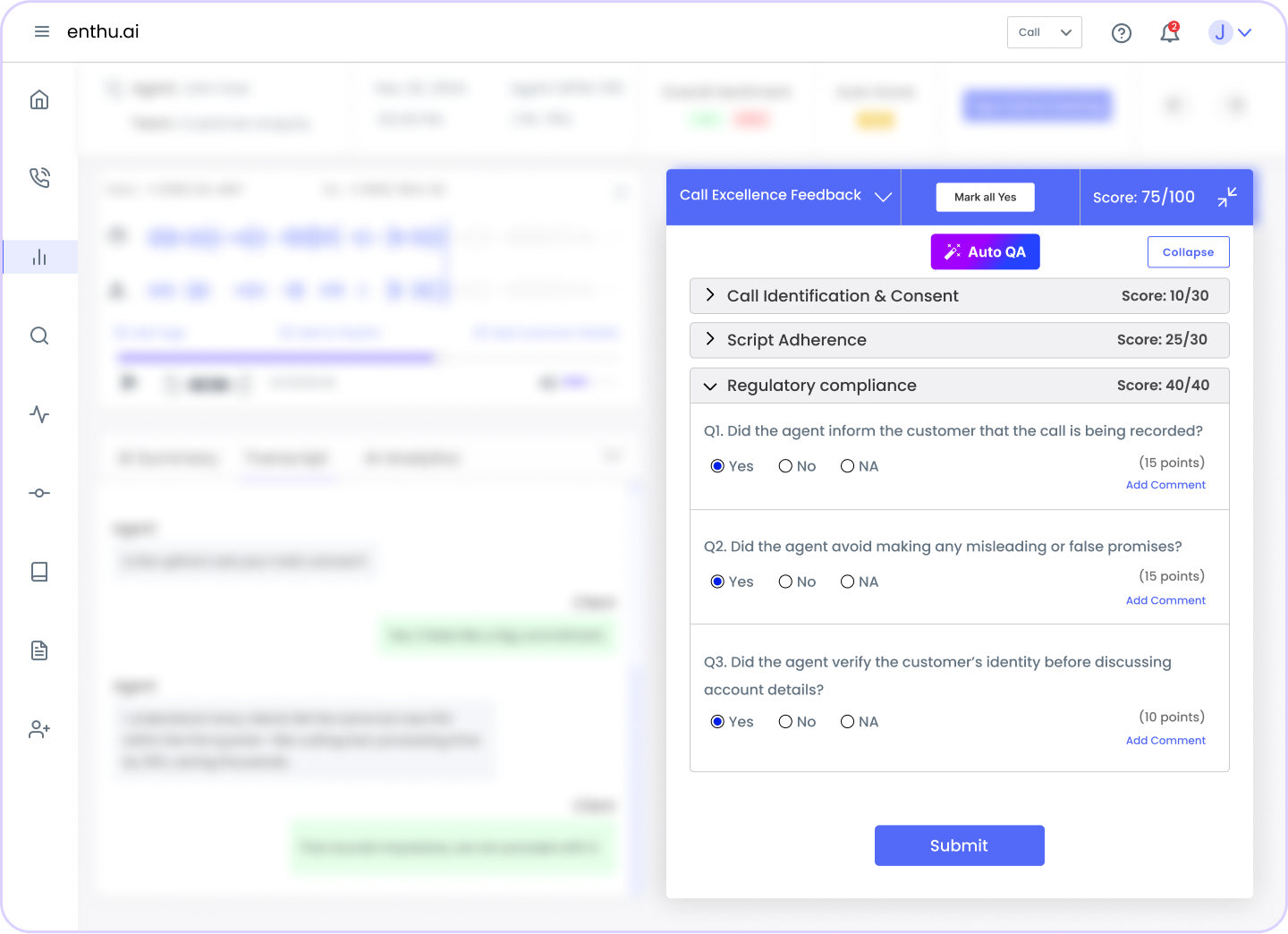
C. What a QA form look like?
1. Audit parameters

2. Tips for customizing QA forms
Call Type Focus Areas Key Elements to Evaluate Sales Calls Focus more on closing techniques, product knowledge, and upselling. – Closing techniques Support Calls Focus on problem-solving, resolution accuracy, and empathy. – Problem-solving skills D. How to improve internal quality score across teams?
1. Coaching strategies
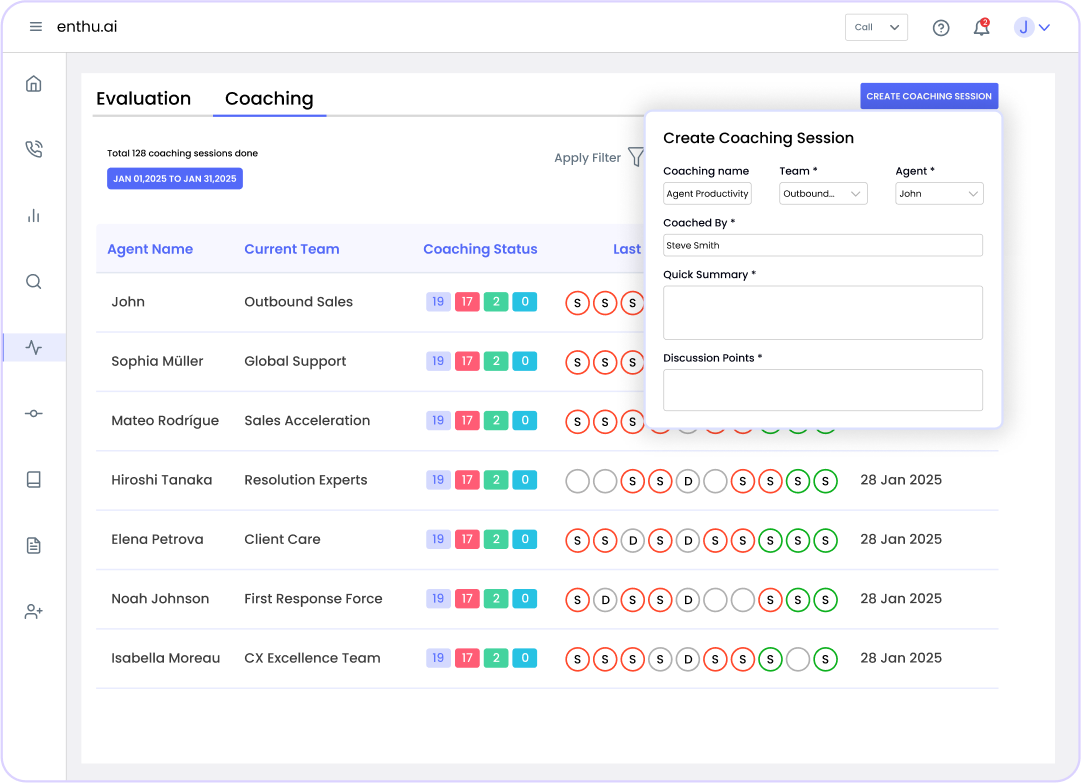
2. Calibrations between QA and operations (Ops)
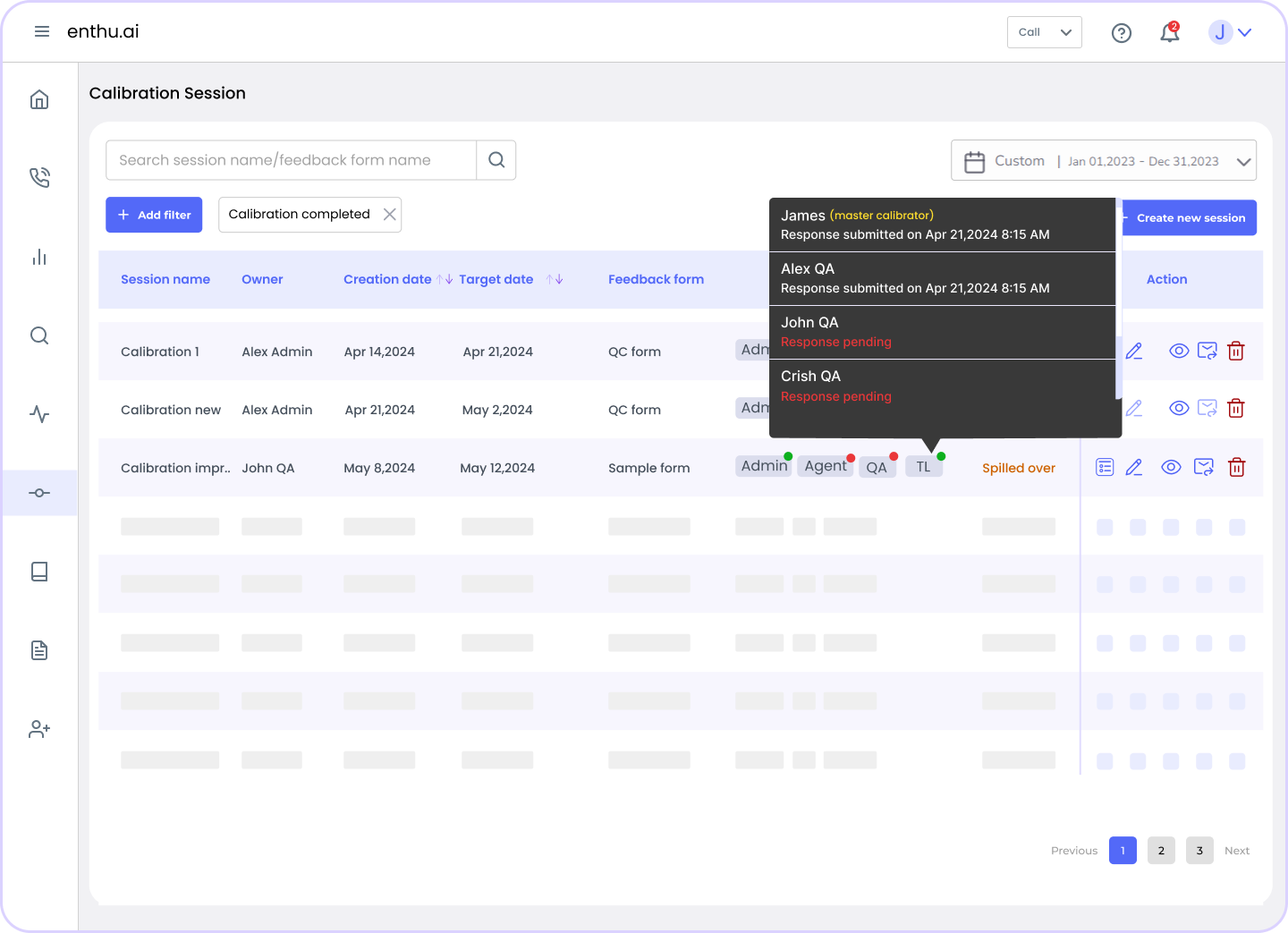
3. Feedback best practices
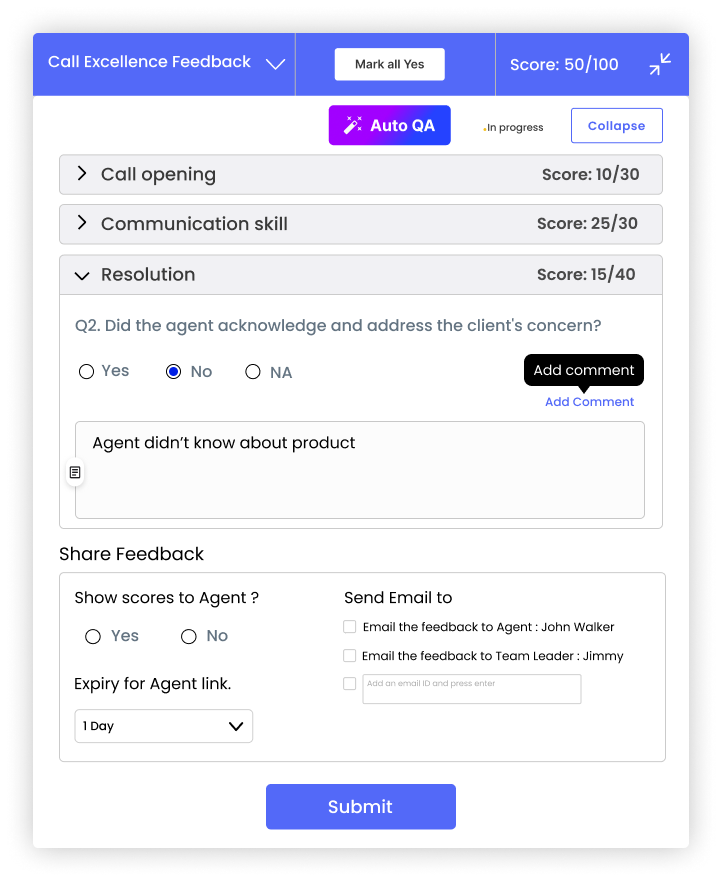
4. Leveraging speech analytics & QA software
E. IQS vs. CSAT vs. NPS: what’s the difference?
Metric What It Measures Who Gives the Score When It’s Captured Use Case IQS (Internal Quality Score) How well an agent follows the process and delivers a quality call Internal QA team After call audits Coaching, compliance, agent performance CSAT (Customer Satisfaction Score) How happy the customer was with the interaction The customer Right after the call or chat Customer feedback, service satisfaction NPS (Net Promoter Score) How likely a customer is to recommend your brand The customer Periodically (not after every call) Brand loyalty, long-term customer sentiment
F. Improve IQS with Enthu.AI
FAQs
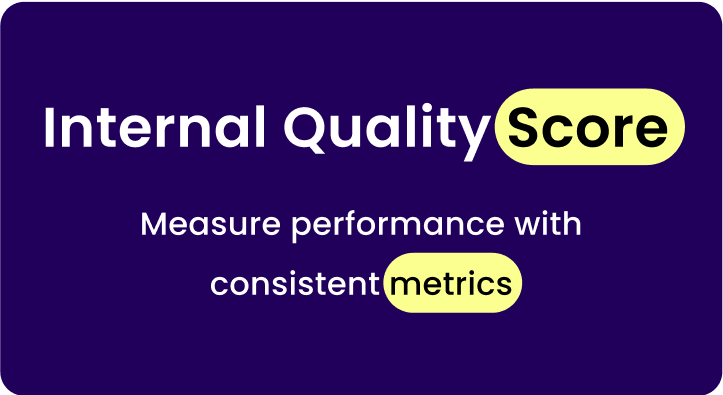
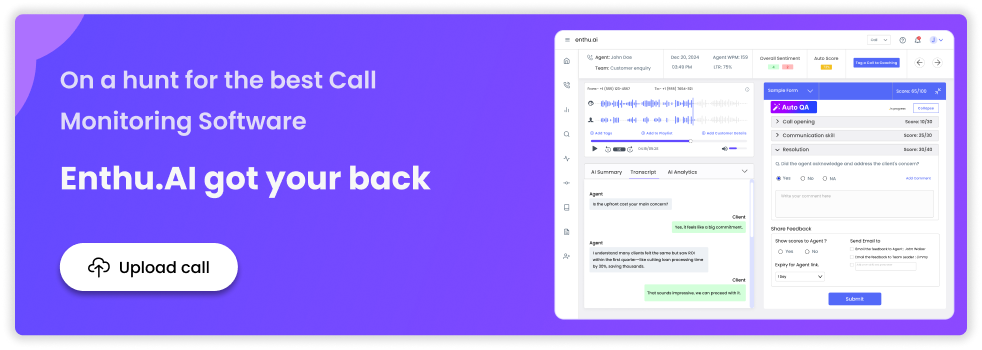
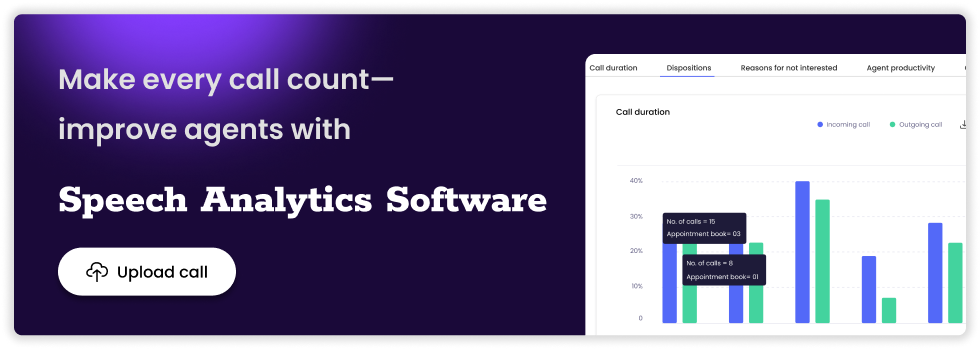


 On this page
On this page